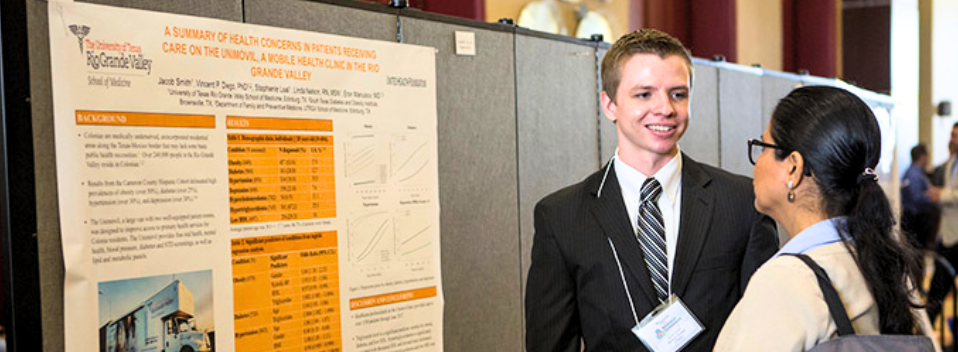MEDI 8127 Scholarly Activities Pre-Clerkship
Document Type
Article
Publication Date
2023
Abstract
The brain microvessel (MV) is vasculature <100um, which includes capillaries and the adjacent portions of venules and arterioles. It is a key component of the blood brain barrier (BBB), which regulates nutrient delivery, waste removal, and movement of substances from the circulation in the brain parenchyma. Studies in this system have focused primarily on changes in the presence of diseases, such as dementia/Alzheimer's Disease (AD), ischemia and traumatic injuries. Dementia is a disorder characterized by neurodegeneration involving one or more cognitive domains (Götz, 2008; APA, 2013; Taylor, 2018). The most common form of dementia that affects older adults is AD (Ballard, 2011; Soria Lopez, 2019). Though the precise sequence of events is debated, the neuropathologic factors of AD are well studied. Previous studies have indicated increased accumulation of amyloid-beta plaques, neuritic plaques, neurofibrillary tangles, and phospho-tau in AD samples (Wenk, 2003; Drummond, 2016; DeTure & Dickson, 2019; Fyfe 2022). However, less is known about the microvascular changes with AD (Pardridge, 2020). There have been some studies showing increased MV heterogeneity and tortuosity as well as decreased MV number and density in the context of aging (Sonntag, Lynch et al. 1997; Li et al., 2018, Steinman et al., 2021). In addition, other studies have indicated similar overall density of MVs in AD and no AD brains but decreased tight junction proteins, including claudin-5, occludin, and Zo-1 in dementia (Yamazaki et al., 2019; Greene et al., 2019; Lochhead et al., 2020). We wished to examine brain MVs isolated from the superior parietal lobe of male and female subjects with and without dementia to assess whether the MV acts as a good model for evaluation of functional protein changes at multiple levels of analysis using proteomics/mass spectrometry, western blot (WB), immunofluorescence (IF), and immunohistochemistry (IHC). Because the MV samples were not transcriptionally active, acquisition of RNA was omitted among the possible techniques (Lee YK et al., 2019).
Recommended Citation
Park, Jiye A.; Damodarasamy, Mamatha; Keene, C. Dirk; Banks, William A.; Erickson, Shelly; Khaingd, Zin Z.; Hyde, Jeffrey; and Reed, May J., "Brain Microvessels from Dementia and No Dementia Subjects: A Model for Micro to Macro Protein Analysis?" (2023). MEDI 8127 Scholarly Activities Pre-Clerkship. 36.
https://scholarworks.utrgv.edu/som8127/36
Academic Level
medical student


